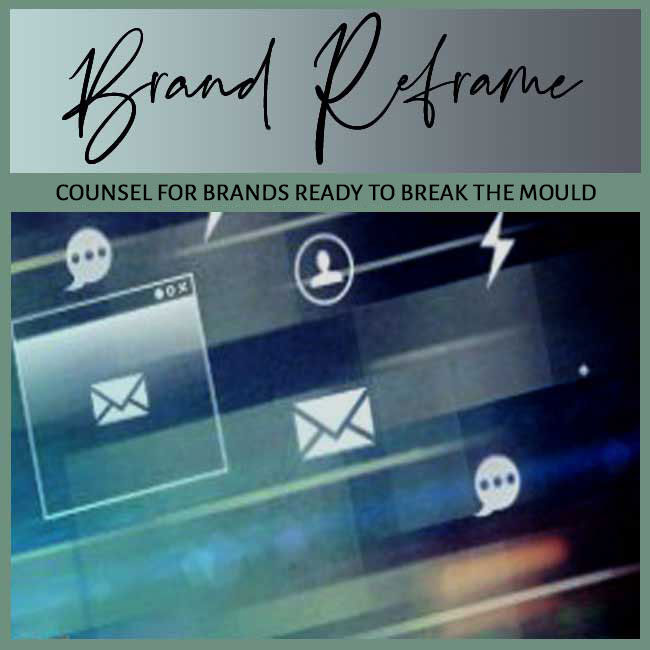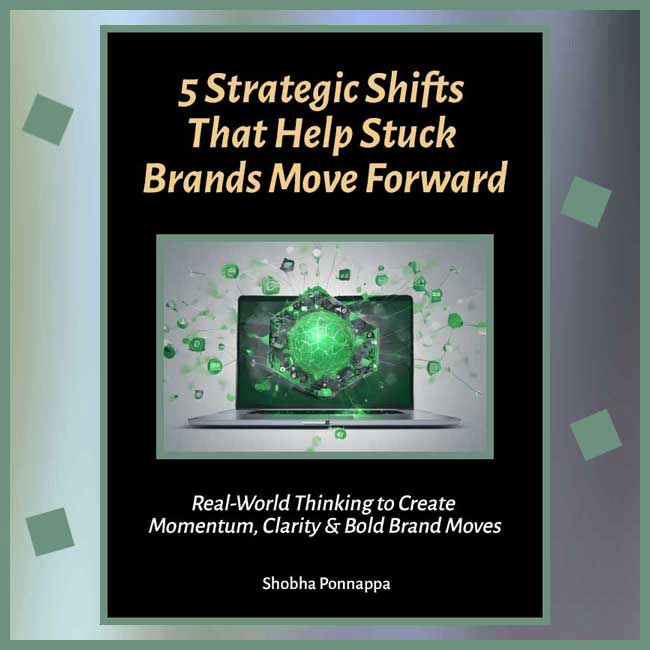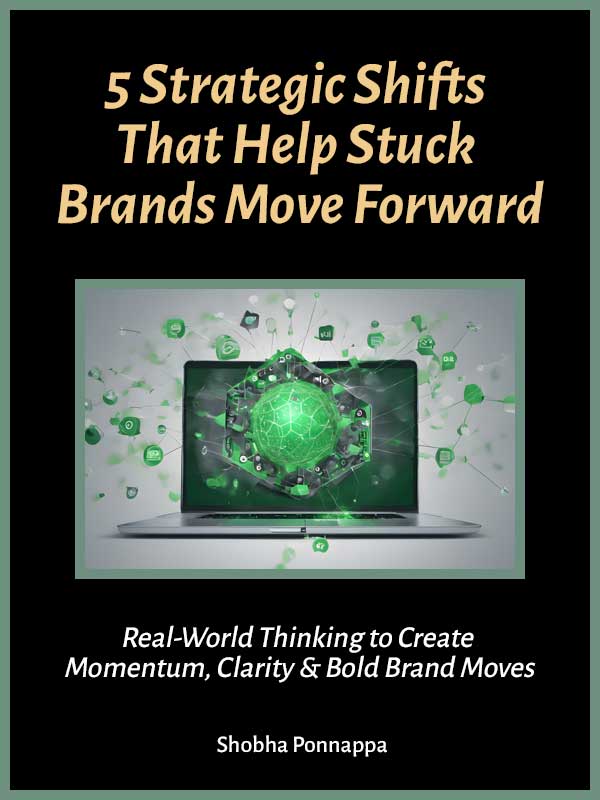
FOCUS: BRAND FOUNDER MISFIT | AUDIENCE: INVESTORS IN SLUGGISH BRANDS
BY: SHOBHA PONNAPPA | BRAND BREAKTHROUGH STRATEGIST | 45 YEARS | 125+ CLIENTS
I helped a premium home automation brand break free from founder dependency by reshaping the visionary’s role.
This premium home automation company had a founder who was the brand’s strongest asset and its greatest limitation. Highly charismatic and visionary, he personally approved every marketing campaign, product feature, and strategic partnership. His touch gave the brand a sense of unity and purpose … but it also slowed every decision to a crawl.
The bottleneck effect was not just operational. Investors noticed that opportunities were being missed … from limited-time collaborations to seasonal product launches … simply because decisions got trapped in the founder’s inbox. Employees became hesitant to propose bold ideas, fearing they would either be delayed or diluted. The brand’s innovation cycle was lagging despite having resources and market goodwill.
In discussions with the founder and the investor advisory board, it became clear that the brand’s growth ceiling was self-imposed. The founder’s belief that only he could protect the brand vision was understandable … it had been his creation from scratch … but it had become an obstacle to scale. The company had matured to a point where agility and distributed decision-making were essential to compete.
The deeper insight was that founder control, left unchecked, often trades speed for certainty. In a fast-moving sector like home automation, certainty without speed was costing the brand both market share and relevance. The founder’s identity was intertwined with the brand’s … but the market no longer needed a single voice, it needed a choir.
My breakthrough idea was to unlock the brand from the founder’s hands without losing his vision. This meant redefining his role from Chief Doer to Chief Visionary Enabler. He would focus on articulating the overarching brand strategy and values, while empowering an executive leadership team to make day-to-day and time-sensitive decisions.
The metaphor of “unlocking” became a guiding principle. The founder would symbolically hand over the keys to trusted executives … product development, marketing, and partnerships … while still holding the master key for long-term direction. This reframed delegation not as losing control, but as expanding influence.
The transition began with building a brand governance framework. This included clear brand guidelines, decision-making protocols, and escalation thresholds so that the founder’s approval was only needed for high-impact, brand-defining choices. The leadership team was trained to work within these guardrails, ensuring brand consistency while enabling operational freedom.
An internal communication plan was rolled out to reassure employees that the founder’s voice would remain a compass, even if he wasn’t in every meeting. Regular “vision updates” from the founder replaced constant micromanagement, keeping the team aligned while freeing their capacity to act quickly. Investors were given quarterly reports highlighting how the new structure accelerated timelines without eroding brand identity.
Here are 10 strategic ideas developed (and several executed) to support the new brand direction:
Executive Spotlight Videos: Short clips introducing each leadership member’s vision for their department.
Innovation Sprints: Social media coverage of rapid product prototyping cycles led by the new team.
Founder’s Vision Statements: Quarterly videos from the founder outlining the brand’s big-picture goals.
Behind-the-Scenes Tours: Showcasing the expanded decision-making process in action.
Partnership Announcements: Highlighting collaborations approved and executed without bottlenecks.
Customer Advisory Panels: Public sessions where customers contribute to upcoming product ideas.
Agility in Action Stories: Case studies of fast-turnaround initiatives made possible by the new structure.
Leadership Q&A Series: Live sessions with executives on market trends and brand plans.
Product Roadmap Reveals: Transparent updates from the product team, signed off by the founder but driven by the team.
Brand Governance Insights: Educational posts on how the brand protects vision while scaling decisions.
Decision-making cycle times reduced by 60%.
Three new product features launched ahead of schedule.
Employee satisfaction scores rose by 25%.
Investor confidence increased, with a 15% uptick in new funding commitments.
CONFIDENTIALITY CAVEAT: This case study represents a confidential engagement. For privacy, specific brand identifiers, campaign names, and project phases have been withheld. It has been shared with permission while preserving client discretion.
If you’re brand owner or manager seeking stronger brand performance, this Case Study Post I wrote could interest you: “How a Boutique Travel Brand Moved from Schedules to Storytelling.“
And if you’re a solo expert looking to sharpen traction, this Case Study Post I worked on may resonate: “How an Interior Designer Gave Her Brand Its Missing Floor Plan.“

"One BIG IDEA can turn brand stagnation into unstoppable movement. Spots are limited each week ... book your breakthrough session now."
Shobha Ponnappa
More Breakthrough Ideas … Case Studies & FAQs … from the Brand Founder Misfit Category
Case Studies
FAQ Insights
I Bring You:
Smart insights, real-world frameworks, and idea-driven clarity – designed to help brands move.
Get my fortnightly Brand Reframe newsletter. Smart insights, distilled thinking, and focused momentum to help your brand lead.

Get my free case studies guide. Practical ideas, bold shifts, and clever transformations to propel your brand forward.

Just fill in the form to join. Get my newsletter and the guide shown alongside, all with several game-changing tips.

Just fill in this form and get this awesome guide via email. Plus … each fortnight you’ll receive my Brand Reframe Newsletter that brings you smart insights, distilled thinking, and focused brand momentum.